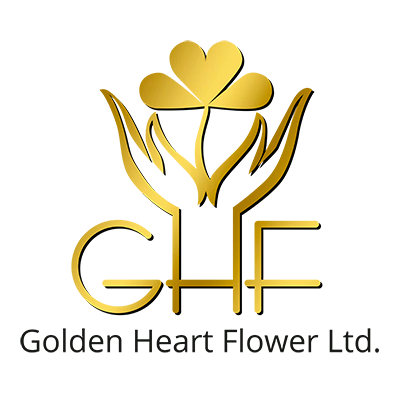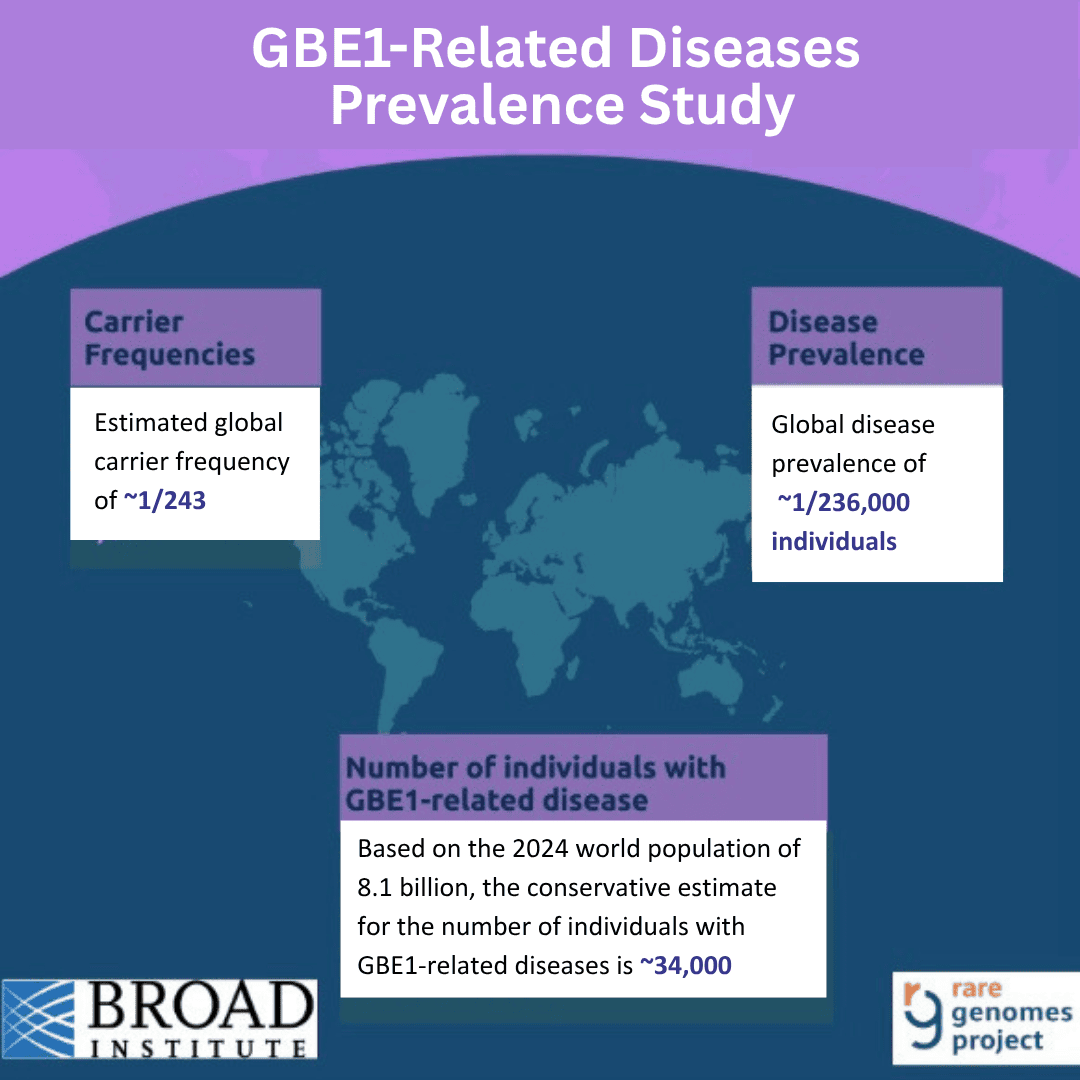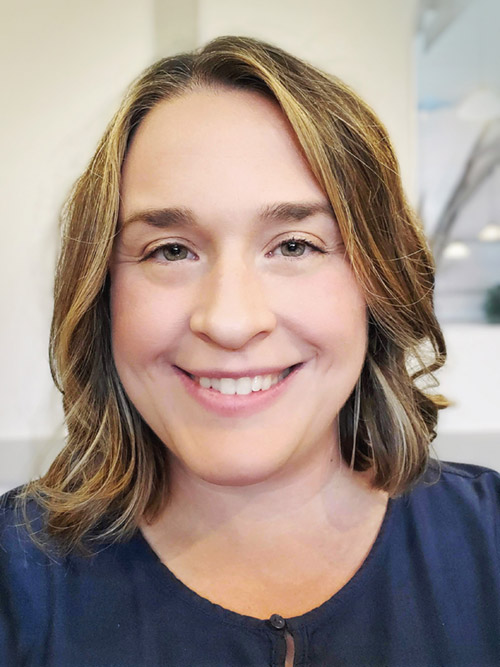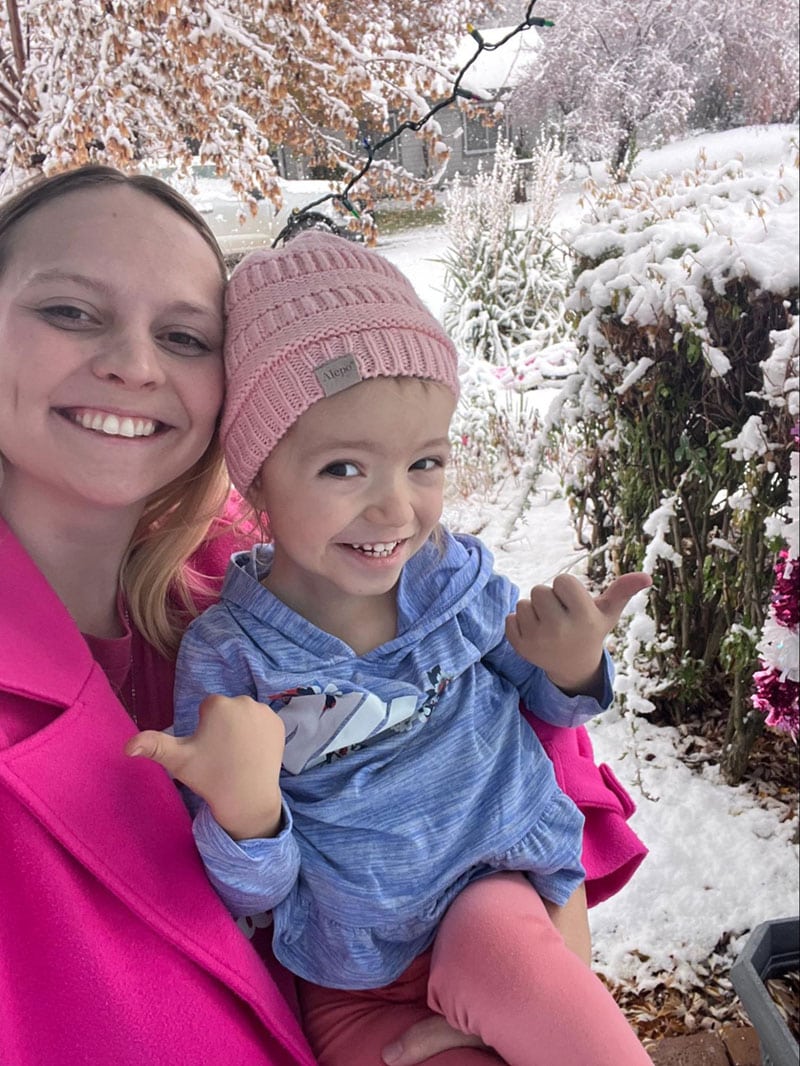The APBD Research Foundation and the Penn Medicine Orphan Disease Center are pleased to announce the two winners of 2018 Million Dollar Bike Ride research grants. These important research grants will be applied to two promising studies that are investigating ways to slow the progression of the disease and find a cure for APBD.
Thanks to the many generous supporters of the 2018 Bike Ride, more than $112,000 was raised to fund biomedical research to combat APBD. A total of 36 bike riders, including our first-ever virtual rider contingency, hit the streets to support the cause. The Million Dollar Bike Ride is part of the Penn Medicine Orphan Disease Center’s initiative to raise funds for much-needed research for 27 rare diseases.
This year’s two grant recipients are:
- Or Kakhlon, PH.D., Department of Neurology at the Hadassah-Hebrew University Medical Center in Jerusalem, who will apply these funds for the continued development of his recently discovered “Compound A” in pre-clinical mouse studies for the treatment of APBD.
- Berge Minassian, M.D., Professor in the Departments of Pediatrics, Neurology and Neurotherapeutics, and Neuroscience at University of Texas Southwestern, who will perform gene therapy to test the cure rate in mice with APBD.

Department of Neurology at the Hadassah-Hebrew University Medical Center in Jerusalem
APBD is caused by a deficiency of an enzyme called the glycogen branching enzyme or GBE. This enzyme generates healthy glycogen – a complex carbohydrate that acts as a storage molecule for energy in the body. Without the activity of GBE, glycogen becomes unusable by the body. This unusable glycogen is called a polyglucosan body, which can clog nerves and cause the symptoms of APBD.
Dr. Kakhlon has discovered a compound, referred to as compound A, which is able to reduce polyglucosans in skin cells derived from APBD patients. His research has demonstrated that in mice genetically engineered to replicate APBD, compound A was able to correct APBD symptoms of paralysis, dysfunctional reflexes, and shortened survival. The researchers also showed that compound A is completely safe in mice.
Using funds from this award, Dr. Kakhlon’s research team will be able to demonstrate the distribution of compound A in different tissues in the mouse, to test its effect on polyglucosans in these tissues, and lastly, to test whether compound A, so far administered by injection, is also effective when administered in drinking water and at lower doses. All these observations are critical for the development of compound A into an approved drug for APBD treatment.

Professor in the Departments of Pediatrics, Neurology and Neurotherapeutics, and Neuroscience at University of Texas Southwestern
The brain is clinically the only organ affected by APBD. The disease is due to deficiency of the GBE1 gene in the brain. There is an exact mouse model of APBD created by Dr. Hasan Orhan Akman from Columbia University Department of Neurology.
Modern technology is allowing packaging human genes inside of viruses,which in turn will deliver these genes where they are needed such as to the brain. Dr. Minassian will package the GBE1 gene in a virus called AAV9 and deliver it to the brain of APBD mice by direct injection into the central nervous system. He plans to study the mice as they age and see whether their disease is prevented. If successful, these results will be used to create a gene therapy trial for APBD, where the deficient gene will be delivered to patient participants by lumbar puncture (injections in the spine).
Click here to signer up as a rider for the 2019 Million Dollar Bike Ride.
Click here to donate to have your donation matched by Penn Medicine Orphan Disease Center.





